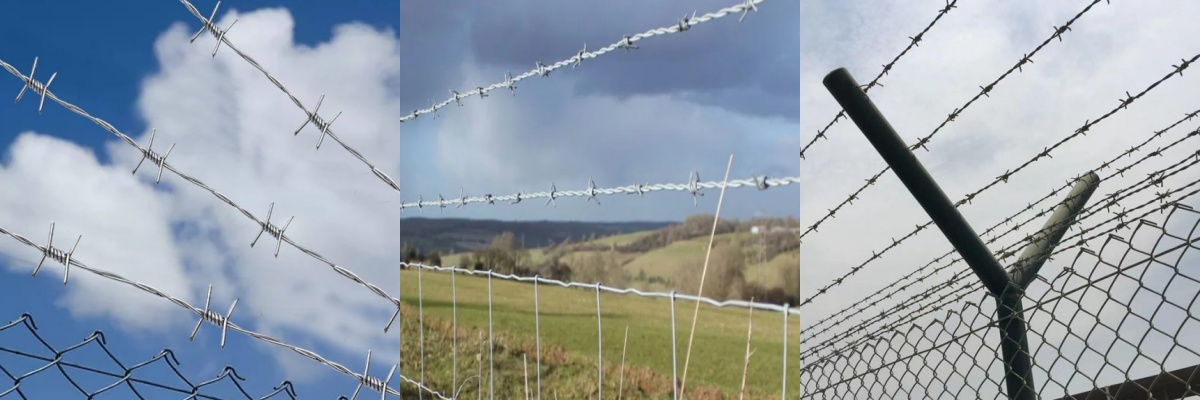Barbed wire, as an important safety protection material, is widely used in many fields such as border protection, military facilities, prison isolation and community protection. Its excellent protection effect and long service life are inseparable from exquisite manufacturing technology and the ultimate pursuit of details. This article will explore the details and quality in the manufacturing process of barbed wire in depth, and take you to appreciate the unique charm of this protective weapon.
Material selection: the source of quality
The manufacturing of barbed wire begins with material selection. High-quality steel is the basis of the quality of barbed wire. During the material selection process, manufacturers will strictly screen steel that meets the standards to ensure that the material has high strength, corrosion resistance, and wear resistance. Only steel that has been strictly inspected can enter the next process.
Weaving: Exquisite craftsmanship
Weaving is the core link of barbed wire manufacturing. Through advanced machinery and equipment, the selected steel is precisely cut, bent and woven to form sharp thorns. During the weaving process, workers will pay close attention to each process to ensure that the shape, spacing and density of the thorns meet the design requirements. At the same time, the efficient operation and precise control of machinery and equipment have significantly improved the braiding speed and quality of barbed wire.
Heat treatment: improving performance
Heat treatment is a key step in the manufacturing process of barbed wire. Through high-temperature heating and rapid cooling, the hardness and toughness of steel are significantly improved. This step not only enhances the load-bearing capacity of barbed wire, but also makes it more corrosion-resistant and wear-resistant. During the heat treatment process, manufacturers will strictly control the heating temperature and cooling rate to ensure that each batch of barbed wire can achieve optimal performance.
Surface treatment: anti-corrosion and anti-rust
In order to extend the service life of barbed wire, manufacturers will also perform surface treatment on it. Common treatment methods include hot-dip galvanizing, plastic spraying, etc. These treatment methods can form a dense protective layer on the surface of the barbed wire, effectively isolating air and moisture, and preventing corrosion and rust. The barbed wire that has been surface treated not only looks more beautiful, but also has a significantly improved service life.

Post time: Feb-18-2025
